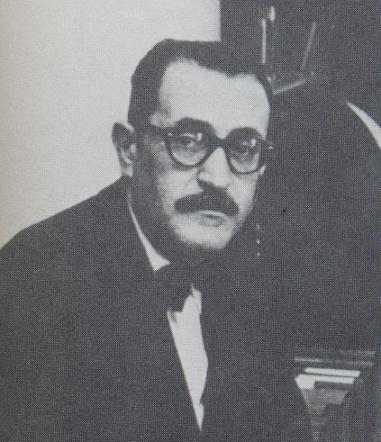4.1.1.15.5 The final poetic production of Eugenio Florit (1903 – 1999)

Eugenio Florit continued writing in the United States, without returning to Cuba after the triumph of the Revolution. However, he maintained essential affinities with Cuban poetry and even displayed manifestations of spiritual detachment derived from the distance from the island, which had been a source of nourishment for his poetry, if not its essential matrix. Although most of the pieces date from the period after the one analyzed, they maintain aesthetic lines consistent with his poetic discourse during the Republican era.
In 1965, he published “Hábito de Esperanza” in Madrid, which compiles his poetic output from 1936 to the date of publication; however, most of the pieces had been written before 1959, and all of them are included in the “Cities and Tributes” section.
This collection of poems reveals a return to the Spanish conception of verse, a neoclassical one, although it also incorporates neo-Romanticism, but from a more restrained perspective. Florit’s poetics, especially in his later period, is marked by a certain restriction that intellectual lucidity imposes on creative fruitfulness, even in the loosest connections, bordering on narrative or conversationalism. This impedes not only sentimental discourse but also associationism or immersion in realms of the unconscious.
Florit’s lack of concern regarding social upheavals – or rather, his reluctance to make poetry a field for them – was not, however, absolute, as evidenced by his poem “El Ausente” (The Absent), with many affinities in depth and structure with “El Otro”: “We, the survivors / to whom do we owe our survival?…”, by Roberto Fernández Retamar:
“Who died for my life?
What stifled cry encourages,
comes out of the island’s air
and here it comes to me to rise
about my saddened absence?
(…)
I don’t know who it was, I don’t know who he was,
nor who died for my life.
Nor who died. But here, far away
from that bonfire of anger,
with the sadness of the little
that my fled blood served me,
I want to leave testimony
this anguished faith of life,
give to the winds that cover me
the voice that dreams of its island,
and bless with strong tears
to him who died so that I might live”
The poem is dated 1959 and undoubtedly alludes to the deaths under the Batista tyranny, however it adds as a postscript: “Today, December of this year 1963, they continue dying, as before,” which although it was only a brushstroke in his work, devoid of political intentions, testifies to his decision to distance himself emotionally from the revolutionary process, although he remained linked to Cuba by the ties of a lyricism rooted in the insular.
He would later publish “Time and Agony” in 1974, where he insists on the interplay between life and death and it is clear that he has not yet lost the poetic thread of nostalgia for the Island, not from a deeply painful evocation but from that of the poet who assumes new circumstances, perhaps clinging to his vocation as a dilettante, which helps him culturally transfigure his environments and shed poetic light:
“But it happens that I think
that beyond these walls, these paintings,
There are flowers without pots, free
like the poet’s grass leaves.
That there, where there is more air,
the sky looks better and more beautiful.
And even the stars can be counted
without having to look out the window
and almost guess them
through the mist and the lights below”
He also published “New Verses” in 1981; “Despite Everything” in 1986; “The Alphabet of a Gray Day” in 1987; and “Inner Castle and Other Verses” in 1987; not to mention all the compilations.
Even with some later discoveries of his poetics, according to José Olivio Jiménez, “This later and more generous Florit (…) has not totally erased the one who preceded him: the one who sought to refine his lyricism in short songs, in minimal and concise poetic notes, in sonnets elaborated within the most orthodox classical tradition.”








